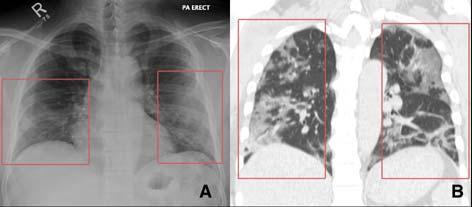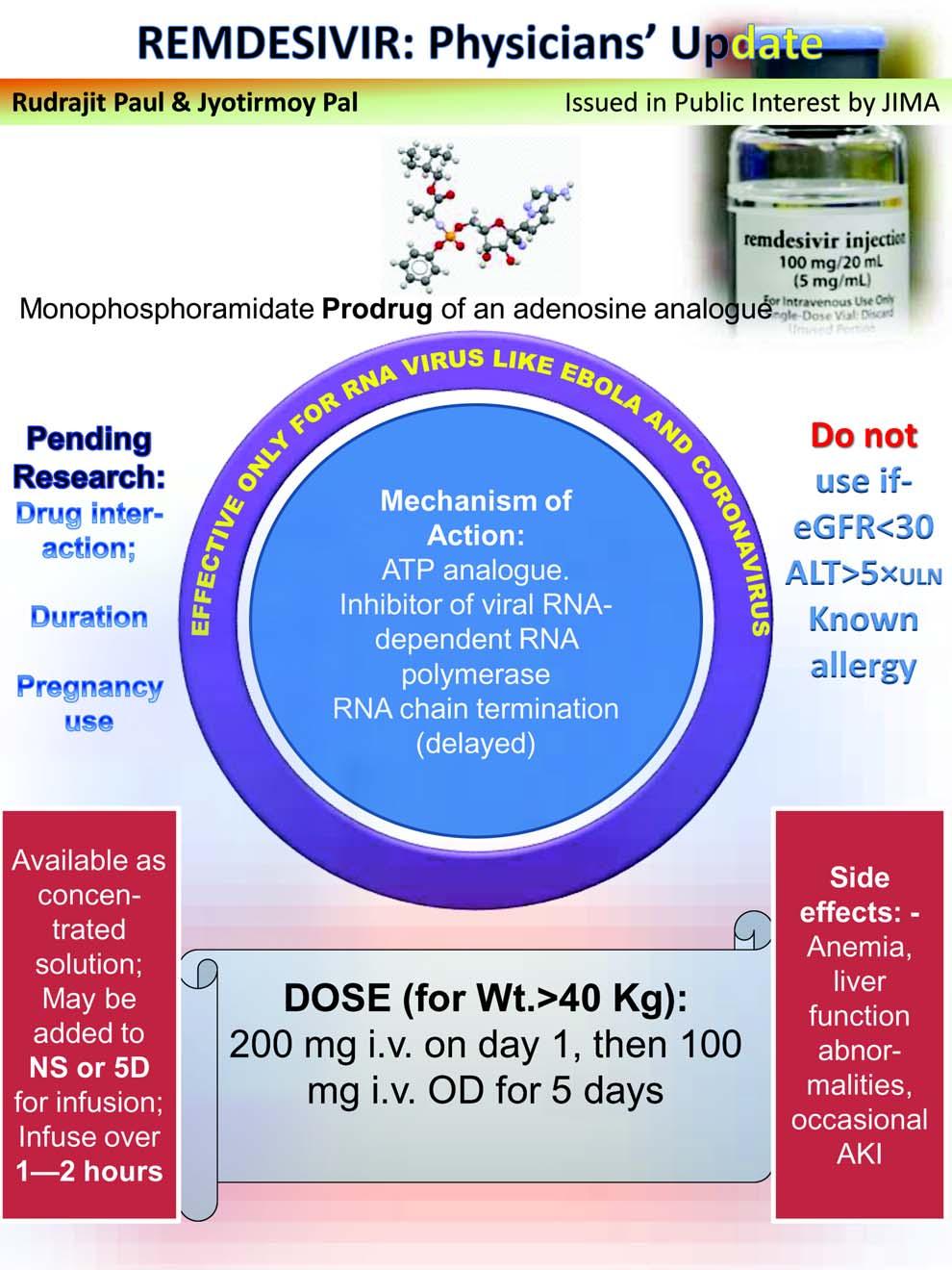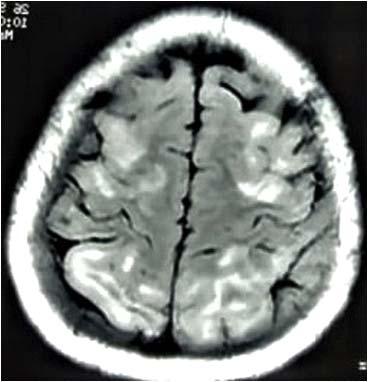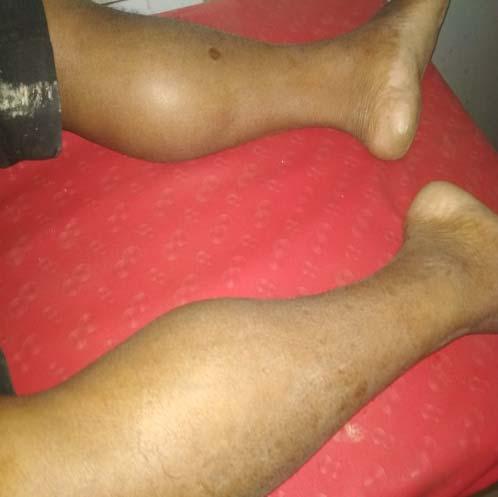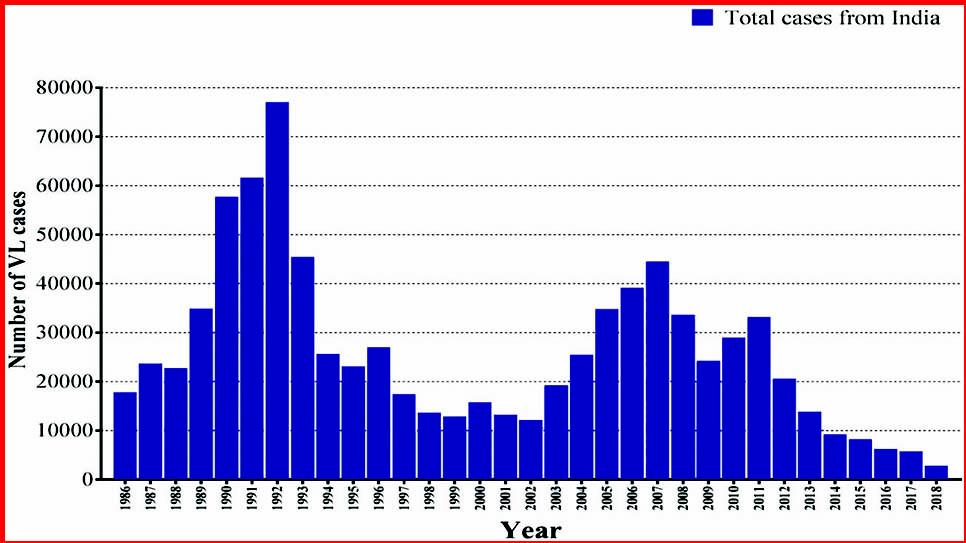
11 minute read
Case Discussion in Medicine
JOURNAL OF THE INDIAN MEDICAL ASSOCIATION, VOL 118, NO 06, JUNE 2020
Case Discussion in Medicine COVID-19 : A Gastroenterologist’s Perspective
Advertisement
Sanjay Bandyopadhyay 1
The ongoing novel coronavirus pandemic poses significant challenge to mankind in terms of healthcare resources and economic slowdown. Though mainly manifested as pneumonia, the virus can affect the digestive system producing a gamut of symptoms. The main clinical issues related to gastroenterology include possibility of faeco-oral route of transmission, occurrence of isolated digestive symptoms, abnormalities in liver function tests that correlate with disease severity, and effective infection control measures for endoscopy procedures.
[J Indian Med Assoc 2020; 118(6): 51-4]
Key words : Covid-19, SARS-CoV2, Angiotensin converting Enzyme 2, Liver Injury, Diarrhoea, Gastrointestinal Symptoms.
The outbreak of coronavirus disease 2019 (COVID19), caused by severe acute respiratory syndrome coronavirus 2 (SARS-CoV-2), first reported in China, in December, 2019, has posed a critical threat to global public health. The World Health Organization (WHO) has declared the outbreak of COVID-19 a pendemic and the global fatality rate is estimated to be 5.7% 1 . Most common symptoms are fever (98%), cough (76%), myalgia or fatigue (44%) 2 . Approximately 80% of patients demonstrate mild symptoms; 20% have severe disease; about 5% exhibit critical disease symptoms such as respiratory arrest, septic shock, or multiple organ failure 3 . As time passes different case series have demonstrated systemic involvement other than Lung – ie gastrointestinal manifestations, anosmia, hepatic and neurological manifestations.
CASE STUDY
A 45-year-old man, without any history of diabetes and hypertension, presented to us with a 5-day history of colicky abdominal pain associated with watery diarrhoea of four to five times per day. He did not give history of any fever, sore throat or shortness of breath. He only had mild dry cough for 3 days apart from diarrhoea. There was no recent history of sick contacts or travel. On initial presentation, he was afebrile,no evidence of tachycardia or tachypnea was found.There was mild generalised abdominal tenderness, but no, rigidity,guarding or rebound tenderness. Patient was diagnosed as having Tropical Diarrhoea and Intravenous Fluid, Doxycycline, ciprofloxacin, pre and Probiotics
1 MD, DNB, DM (Gastro), Consultant Gastroenterologist, Woodlands Hospital, Alipore, Kolkata 700027
Received on : 07/06/2020 Accepted on : 18/06/2020 Editor's Comment :
Compared with adult patients, paediatric Covid-19 patients seem to have clinically milder GI symptoms, although vomiting may be more prominent. Compared with Covid-19 patients without GI symptoms, those presenting with digestive symptoms have a longer time from onset to admission, more severe / critical disease, higher rates of liver injury, and a worse prognosis. Potential mechanisms of Liver Injury in Covid-19 include binding of viral particles to the Angiotensin converting
Enzyme 2 enzyme expressed on cholangiocytes, interaction of virus with mitochondrial proteins in liver and cytokine mediated hepatitis. On entry of SARS-CoV2 into the intestinal mucosal cells through theAngiotensin converting Enzyme 2, the virus alters the permeability of these cells, leading to diarrhoea.
given.Patient partially improved but on 5th day of admission patient develop mild Shortness of Breath with saturation 90% in room air.The chest examination showed a few bi-basal crackles near lung bases. The rest of the physical examination was unremarkable. Initial work-up revealed mild anaemia, thrombocytopaenia and non-elevated inflammatory markers. Two repeated samples revealed asymptomatic hyponatraemia (Sodium values of 124 & 128 meq/L on Day 1 & Day 3). Liver enzymes, renal function and the endocrine panel were unremarkable. Chest Xray revealed a few patchy opacities near lung bases. Observing lung opacities Oropharyngeal & nasopharyngeal swab for COVID-19 was sent which came as positive. Patient was started therapy and Diarrhoea& pain abdomen subsided within 3 days. Patient was discharged after 10 days of admission in a clinically stable condition.
In world literature respiratory symptoms are
51
JOURNAL OF THE INDIAN MEDICAL ASSOCIATION, VOL 118, NO 06, JUNE 2020
considered as principal pathognomic of COVID-19 patients. Gastrointestinal symptoms are not given due attention. Under recognition of symptoms or knowledge gap can lead to delay in diagnosis or missing of cases in community and can lead to viral transmission in community. Understanding of pathophysiology of COVID19 infection justify gastrointestinal manifestation can be a presenting feature.
D ISCUSSION
In one series in Singapore Diarrhoea accounted for 17% cases. In another study in Hubei, China, among 204 patients 20% presented with either gastrointestinal symptoms like diarrhoea, vomiting, nausea or abdominal pain. But most of them also had respiratory problems. Only 6 out of 204 patients had diarrhoea and fever without respiratory symptoms. Only one
Fig 1 — Schematic representation of pathophysiology of hepatic injury in Covid-19

Fig 2 — Pathophysiology of Diarrhoea in Covid-19 infection
patient had diarrhoea but no respiratory problems or
JOURNAL OF THE INDIAN MEDICAL ASSOCIATION, VOL 118, NO 06, JUNE 2020
fever. S Sultan et al reported nausea and/ or vomiting disease course, severity, and disease recurrence (5.2-14.9%), abdominal pain (2.7- 5.3%), and diarrhoea remains unclear. Interestingly, this may provide an (5.8-18.3%) cases 4 . Other symptoms include opportunity to develop stool-based less invasive anorexia, anosmia, and dysgeusia. The mutual diagnostic tests in those with digestive symptoms. interaction between SARS-CoV-2 and angiotensin The possibility of fecal–oral transmission emphasizes converting enzyme 2 (ACE2) receptors, highly the importance of proper hygienic precautions, expressed on proximal and distal enterocytes, might especially for healthcare workers and close household disrupt the function of absorptive mucosa and results contacts. Strict precautions must be observed when in diarrhoea 5 . In addition, SARS-CoV-2–induced handling the stools of patients and sewage from diarrhoea (mostly low volume and non-dehydrating) hospitals should also be properly disinfected. Similarly, could be the onset symptom in patient with COVIDthe fecal microbiota transplant procedure in current 19 6 . Compared with patients without gastrointestinal circumstances may face various challenges in ensuring symptoms, those presenting with digestive symptoms that stool samples from donors are not infected with have a longer time from onset to admission, more severe SARS-CoV-2 virus. / critical disease, higher rates of liver injury, and a Between 2% to 11% of patients with COVID-19 have worse prognosis. Notably, in 3.4% cases, digestive liver co-morbidities and 16% to 53% cases report symptoms may be the only presenting symptom of abnormal levels of alanine aminotransferase (ALT) COVID-19 with potential (19.8% in non-severe for delay in diagnosis 6 . However, no significant difference is seen when COVID-19 current update (18/06/2020) disease versus 28.1% in severe disease) and aspartate considering pooled rates aminotransferase (AST) of discharge, length of hospital stay, and rates Total cases (World) 8.59 million (18.2% in non-severe disease versus 39.4% of death between Total Death (World) 4,56,650 in severe disease) 4,9,10 . patients with and without gastrointestinal Total cases (India) 3,81,093 Elevation of AST is even higher (62%) in patients symptoms 6 . Compared with adult patients, Total Death (India) 12,605 in the intensive care unit (ICU) suggesting paediatric patients seem that the liver injury is to have clinically milder more prevalent in symptoms, with less severe alterations in laboratory severe cases 11 . However, most patients only have mild parameters, although vomiting may be more elevation, which resolves with clinical improvement. prominent 7 . In MERS though respiratory symptoms Putative mechanisms for liver affection are: direct viral was presentation at initial period, diarrhoea cytopathic effect (which is unlikely as hepatocytes do subsequently established as additional presenting not express ACE2), drug-induced hepatotoxicity, feature systemic inflammation induced by cytokine storm or
Isolation of viral ribonucleic acid (RNA) from pneumonia-associated hypoxia 10 . intestinal epithelium and positive intracellular staining Nearly 17% of patients experience pancreatic injury for viral nucleocapsid protein lend support for defined by any abnormality in amylase or lipase with gastrointestinal involvement 8 . The RNA could be majority developing acute hyperglycemia, though none detected in the stool of patients with COVID-19 (up to exhibit clinical symptoms of severe pancreatitis 12 . 53%), implying that SARS-CoV-2 may be transmitted The risk of severe disease is not increased among by the fecal–oral route 8 . The duration of positive stool patients with COVID-19 with existing gastrointestinal ranges from 1 to 12 days, and 23% patients remain or liver-related co-morbidities compared with patients positive after showing negative in respiratory samples 8 . without such co-morbidities. SECURE-Cirrhosis and However, the clinical implications of prolonged viral COVIDHEP registries have been initiated internationally excretion in faeces, including the association with to collect data on SERS COV-2 infected patients with
53
JOURNAL OF THE INDIAN MEDICAL ASSOCIATION, VOL 118, NO 06, JUNE 2020
cirrhosis, and liver transplantation candidates, respectively. Similarly open access SECURE-IBD database is accumulating data on inflammatory bowel disease (IBD) from 32 countries.
The gastrointestinal endoscopy departments face significant risk for transmissions of SARS-CoV-2 during endoscopy 13 . Possible routes of transmission include respiratory droplets, aerosols generated during endoscopy, and contact with contaminated surroundings, body fluids, and fecal material. It has been strongly advised to reschedule nonurgent endoscopic procedures and perform only in emergency cases 14 . All personnel involved with endoscopy should wear appropriate personal protective equipment (PPE) (gloves, mask, eye shield/goggles, face shields and gown).
There are currently no approved treatment recommendations for COVID-19 or its gastrointestinal manifestations except for symptomatic and supportive care. Patients of IBD receiving immunosuppressive therapy or autoimmune liver disease pose special challenges. Patients on >20 mg prednisolone, Infliximab, adalimumab, or ustekinumab should discontinue/ delay therapy or consider alternatives if positive for SARS-CoV-2 15 .
CONCLUSION
Overall, gastrointestinal symptoms are reported in 15% of patients with COVID-19 and liver injury in 19% (ref 4). With increased recognition of gastrointestinal symptoms in SARS-CoV-2 infection, it is important to keep its risks in perspective and stay up to date on current research and recommendations in order to provide our patients with the most accurate advice.
R EFERENCES
1 Baud D, Qi X, Nielsen-Saines K, Musso D, Pomar L, Favre G — Real estimates of mortality following COVID-19 infection.
Lancet Infect Dis 2020; Mar 12;S1473-3099(20)30195-X. 2 Wu D, Wu T, Liu Q, Yang Z — The SARS-CoV-2 outbreak: what we know. Int J Infect Dis 2020; 94(5): 44-8. 3 Guan WJ, Ni ZY, Hu Y, Liang WH, Ou CQ, He JX, et al —
Clinical characteristics of coronavirus disease 2019 in China.
N Engl J Med 2020; 382(18): 1708-20. 4 Sultan S, Altayar O, Siddique SM, Davitkov P, Feuerstein JD,
Lim JK, et al — AGA Institute Rapid Review of the GI and Liver
Manifestations of COVID-19, Meta-Analysis of International
Data, and Recommendations for the Consultative Management of Patients With COVID-19. Gastroenterology 2020; S0016- 5085(20)30593-X. 5 Hoffmann M, Kleine-Weber H, Schroeder S, Kruger N, Herrler
T, Erichsen S, et al— SARS-CoV-2 cell entry depends on
ACE2 and TMPRSS2 and is blocked by a clinically proven protease inhibitor. Cell 2020; 181(2): 271-80. 6 Pan L, Mu M, Yang PC, Sun Y, Wang RS, Yan J, et al — Clinical characteristics of COVID-19 patients with digestive symptoms in Hubei, China: a descriptive, cross-sectional, multicenter study. Am J Gastroenterol 2020; 115(5): 766-73. 7 Xu Y, Li X, Zhu B, Liang H, Fang C, Gong Y, et al —
Characteristics of pediatric SARS-CoV-2 infection and potential evidence for persistent fecal viral shedding. Nat
Med 2020; 26(4): 502–5. 8 Xiao F, Tang M, Zheng X, Liu Y, Li X, Shan H — Evidence for gastrointestinal infection of SARS-CoV-2. Gastroenterology 2020; 158(6): 1831-3. 9 Zhang C, Shi L, Wang FS — Liver injury in COVID-19: management and challenges. Lancet Gastroenterol Hepatol 2020; 5(5): 428-30. 10 Mao R, Qiu Y, He J-S, Tan J-Y, Li X-H, Liang J, et al —
Manifestations and prognosis of gastrointestinal and liver involvement in patients with COVID-19: a systematic review and meta-analysis. Lancet Gastroenterol Hepatol. 2020 May 12. doi: 10.1016/S2468-1253(20)30126-6. 11 Huang C, Wang Y, Li X, et al — Clinical features of patients infected with 2019 novel coronavirus in Wuhan, China. Lancet 2020; 395(10223): 497–506. 12 Wang, F, Wang, H, Fan, J, Wang, F, Wang, H, Fan, J —
Pancreatic injury in patients with COVID-19 pneumonia.
Gastroenterology 2020 1. doi: 10.1053/j.gastro.2020.03.055. 13 Bezerra JA, Pochapin MB, El-Serag HB, Vargo JJ — COVID19 Clinical Insights for Our Community of Gastroenterologists and Gastroenterology Care Providers. Bethesda: American
College of Gastroenterology; 2020. 14 Repici A, Maselli R, Colombo M, Gabbiadini R, Spadaccini M,
Anderloni A, et al — Coronavirus (COVID-19) outbreak: what the department of endoscopy should know.
GastrointestEndosc. 2020 Mar 14:S0016-5107(20)30245-5. doi: 10.1016/j.gie.2020.03.019. 15 Cha MH, Regueiro M, Sandhu DS — Gastrointestinal and hepatic manifestations of COVID-19: A comprehensive review.
World J Gastroenterol 2020; 26(19): 2323-32.
54


